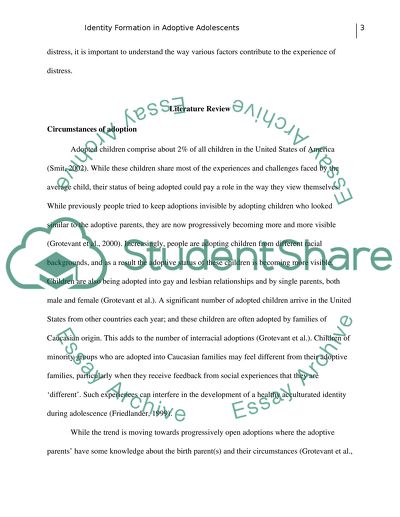Cite this document
(“Identity Formation in Adopted Adolescents: Challenges and Concerns Research Paper”, n.d.)
Retrieved de https://studentshare.org/psychology/1447448-pick-a-topic-in-human-growth-and-development-and
Retrieved de https://studentshare.org/psychology/1447448-pick-a-topic-in-human-growth-and-development-and
(Identity Formation in Adopted Adolescents: Challenges and Concerns Research Paper)
https://studentshare.org/psychology/1447448-pick-a-topic-in-human-growth-and-development-and.
https://studentshare.org/psychology/1447448-pick-a-topic-in-human-growth-and-development-and.
“Identity Formation in Adopted Adolescents: Challenges and Concerns Research Paper”, n.d. https://studentshare.org/psychology/1447448-pick-a-topic-in-human-growth-and-development-and.


